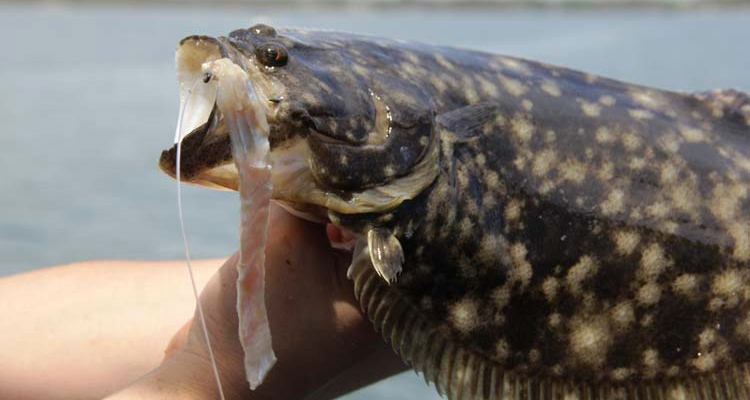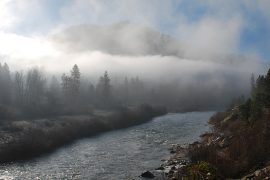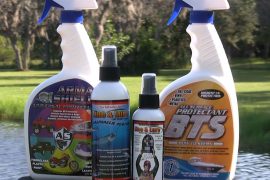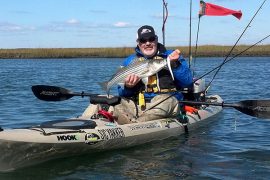
There’s no substitute for catching and, in some cases, winning! I’ve participated in my friend Pete Santini’s annual Boston Harbor Zobo Flounder Fishing Derby five times and have had the good fortune to place each time and outright win twice. Far from an exercise in chest-pounding, the point of this story is to examine what the distinguishing factors are which hopefully will enable you to catch more flounder and just maybe cull out the biggest blackbacks of the bunch!
Wind With Tide = Drift
Overwhelmingly, I’ve had an edge fishing aboard my friend Captain Jason Colby’s Little Sister! I swear the skipper can smell flounder from a nautical mile. Two factors he focuses on are chumming and drifting with the tide.
Paying attention to the wind and tide is important for setting a good drift, because drifting usually translates to catching! If you set about to drift aimlessly, you’ll accomplish little more than wasting your time and wasting terminal tackle.
When the current cooks, flounder lurk downtide of tide-deflecting structure waiting to pounce on most anything they can squeeze into their mouths, like krill, shrimp, worms, small squid, and occasionally small fish.

In this way, blackbacks behave similarly to stripers preferring to hunker down and let the current do the work for them. The striper comparison forks, however, when it comes to weather conditions: flounder prefer it sunny, while big bass sharpies know that nastier tends to translate to better fishing.
Covering more water due to drifting usually results in more and potentially bigger flounder. If you have at your disposal the enviable wind with tide combination, then it would be a sin not to drift. Obviously, when targeting a fish that lies belly to the bottom, you have to keep your offering on the bottom. Some historic harbor spots are more ideal than others for drifting because they are composed of muck/mud and the depth changes are gradual. Perry and Portuguese coves off Peddocks Island, Rainsford Island, Hospital Shoals, Sculpin Ledge and Deer Island flats fit the drifting qualifications to a T.
Some of the biggest flounder that swim in the harbor live in a more varied habitat. In fact, if you find you are getting pestered by bergalls, skates, crabs, harbor pollock, and, yes, even stripers, don’t fret. The diversity of prey that attracts those species attracts the biggest flounder!
If you don’t have ideal conditions to drift or are not comfortable about your trajectory, then your best chance is to chum. In fact, chumming is often the best option when you are targeting minefields of structure that hold flounder but are so fraught with snags they would be a disaster to drop a line into. One hint where some of these spots are is the presence of lobster pots. Few know the bottom as intimately as experienced lobster fishermen. And it is just that sort of “live bottom” – full of mussel beds, bubbleweed and ledge amidst patches of soft substrate, which are magnets to flounder.
Chumming down-tide of such structure will pull flounder from places that are impossible to fish without snagging. Obey the KISS rule when it comes to chum – keep it simple stupid! – give them a heavy dose of one of the things they prefer to eat, namely clams! Empty a tub full of clams into an onion or orange sack, tether a window sash weight to the receptacle, lower it to the bottom,…





